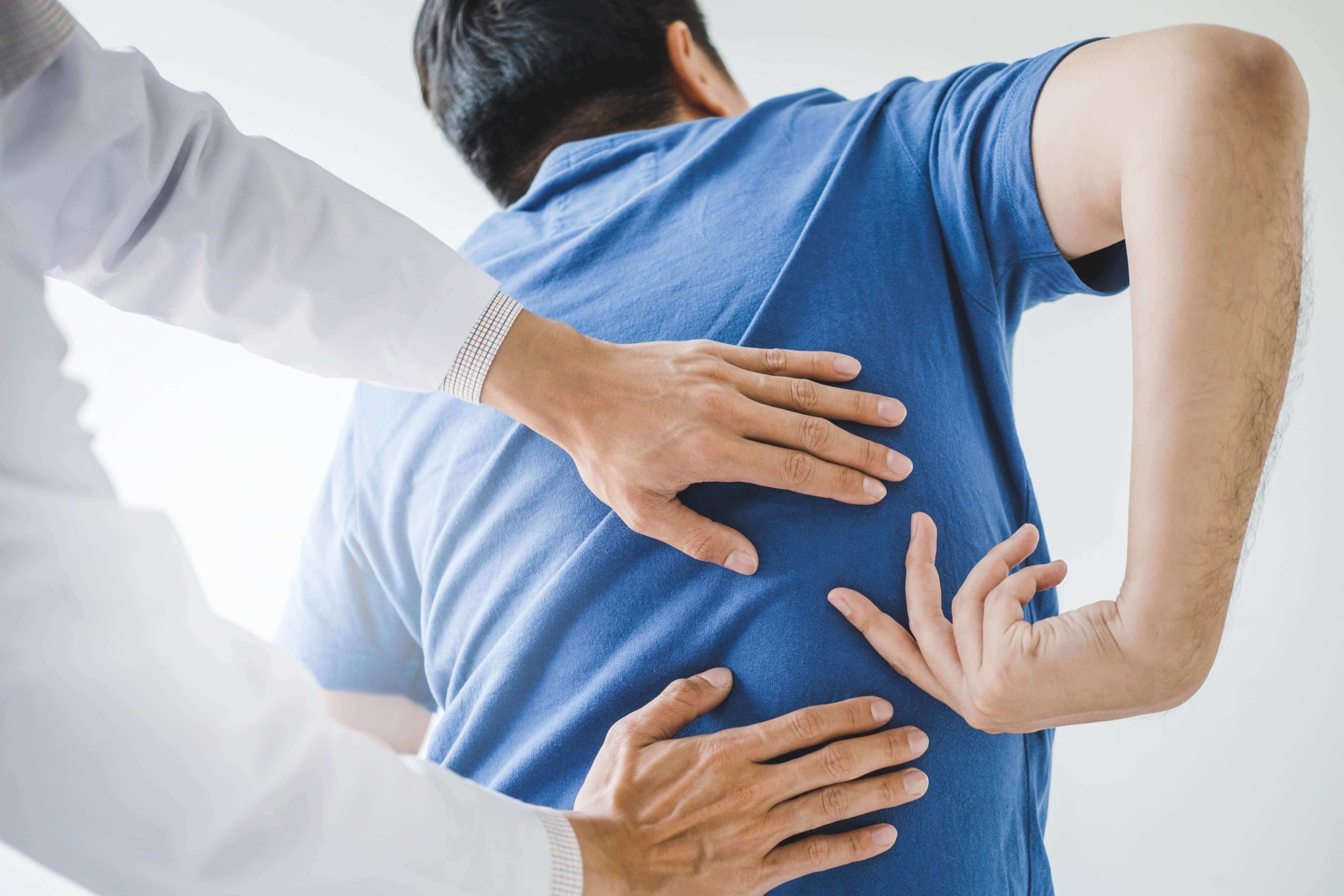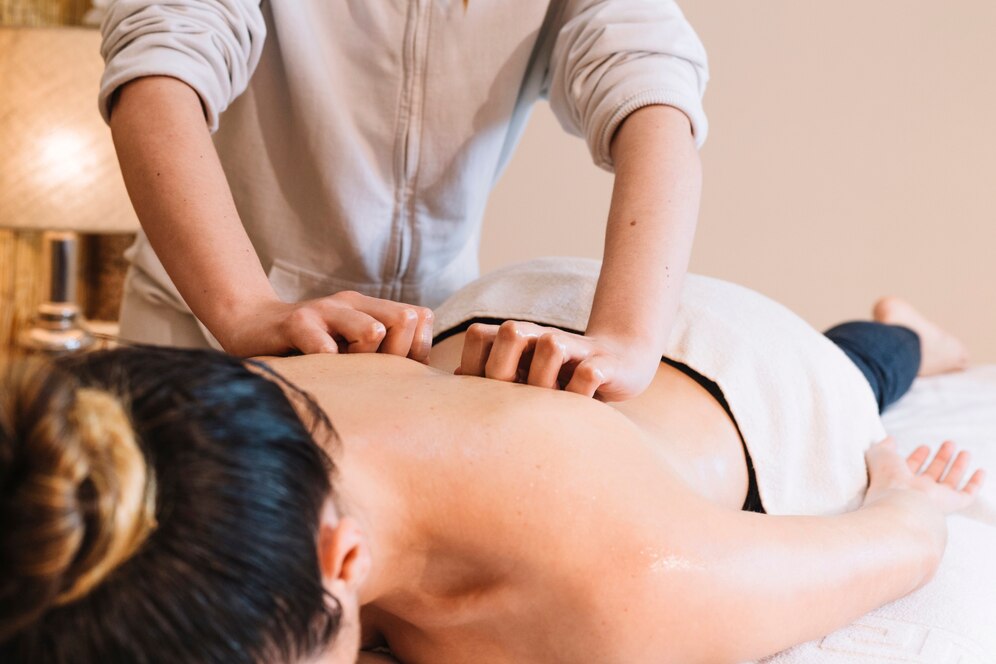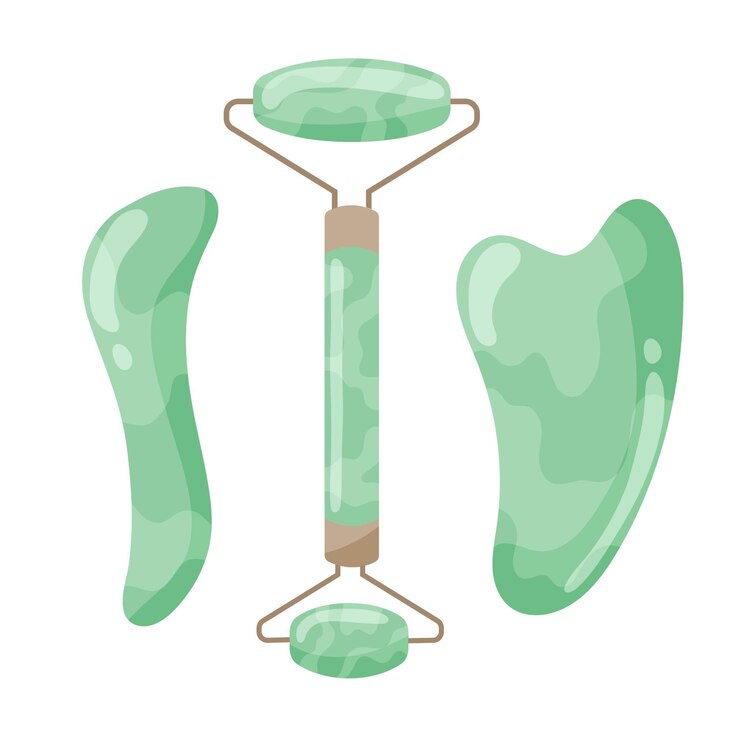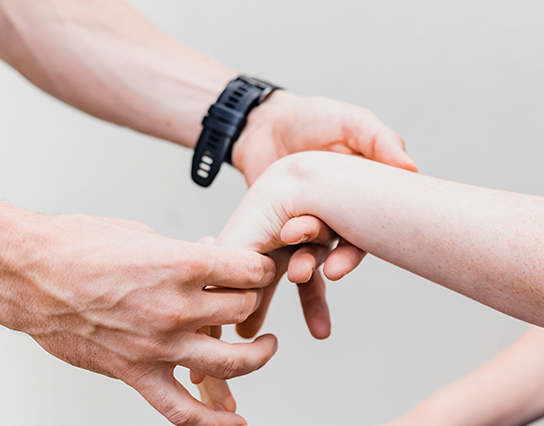Pelvic Floor Physical Therapy in Edmonton. Pelvic floor physical therapy […]
Effective Non-invasive Methods of Physiotherapy for Low Back Pain Treatment
Low Back Pain Treatment in Edmonton
Low Back Pain or LBP is a medical condition that effects thousands of people regardless of demographic boundaries. Although highly debilitating and tiresome, it is also highly treatable; people suffering from LBP see long-term pain relief more often than not. Some common alternative ways of treating lower back pain are osteopathy, physiotherapy, and chiropractic. In this write-up, we shall focus specifically on non-invasive physical therapy or physiotherapy methods.
1. Lifestyle Changes (sleep, diet, exercise)
Your daily routine is highly suggestive of how you treat your body and as such lays the foundation of your health-status. The established norms of getting 8 hours of sleep, maintaining a healthy diet full of vegetables and fruits, and exercising, even if it is just stretching or running, are extremely important to fulfil as they ensure that the basic needs of our body are met and our cells can regenerate the way they are meant to.
2. Acupuncture
Acupuncture is a Chinese tradition of natural medicine which involves the penetration of the recipient’s skin at certain strategic points known as ‘acupoints’ to relieve neuromuscular pain, using hair-thin, solid, steel needles. An average acupuncture session lasts for around 20 minutes and around 5 sessions are generally recommended. The authentic concept behind acupuncture relies on the redirection of the body’s energy or qi.
However, treatments are specialized and tailor-made to fit the patient’s health requirements. The goal is to act on “trigger points” which restore balance to the Central Nervous System. The most common apprehension noticed in patients who want to try acupuncture is the fear of pain. However, you would be reassured to know that the prickling sensation felt during needle insertion is negligibly painful and lesser than even normal injection needles.
3. TENS
Transcutaneous Electrical Nerve Stimulation or TENS is a palm-held device used in physiotherapy which sends out electrical pulses to the area of the body that it’s attached to. It relieves the symptoms of pain by sparking the body’s natural defense mechanisms to pain such as the pain gate mechanism or opioid system. The electrical stimulation is done with varying intensities of voltage and duration, from mild to moderate and 5-30 minutes respectively.
4. Therapeutic Ultrasound
As opposed to electrical energy, ultrasound, as the name suggests, uses sound waves to help alleviate chronic LBP in the lumbosacral region. It differs from TENS only slightly in terms of its goal; while TENS targets pain receptors, ultrasound aims to increase blood circulation to facilitate pain relief. While you will definitely feel much better after your first ultrasound session, it takes around 3-4 sessions for the effectiveness of the treatment to be entirely apparent.
5. Exercises
Exercises are probably the most important part of your low back pain treatment plan that will aid in musculoskeletal adjustments. Your physiotherapist may give you a set of exercises to do diligently, varying from stretches, holds, and rotations to exercises that involve the usage of specialized equipment. Depending upon the particular kind of pain that you face, you may not be able to do certain exercises due to restricted motion; however, the physiotherapy expert guiding you shall be able to work around that.
These are few of the most commonly used methods of dealing with LBP, however, you should always consult a trained physiotherapist before embarking on any method of treatment. If you would like to try physiotherapy treatment in Edmonton, reach out to us at Millwoods Physical Therapy Centre for a customized treatment plan created by professional healthcare providers.





